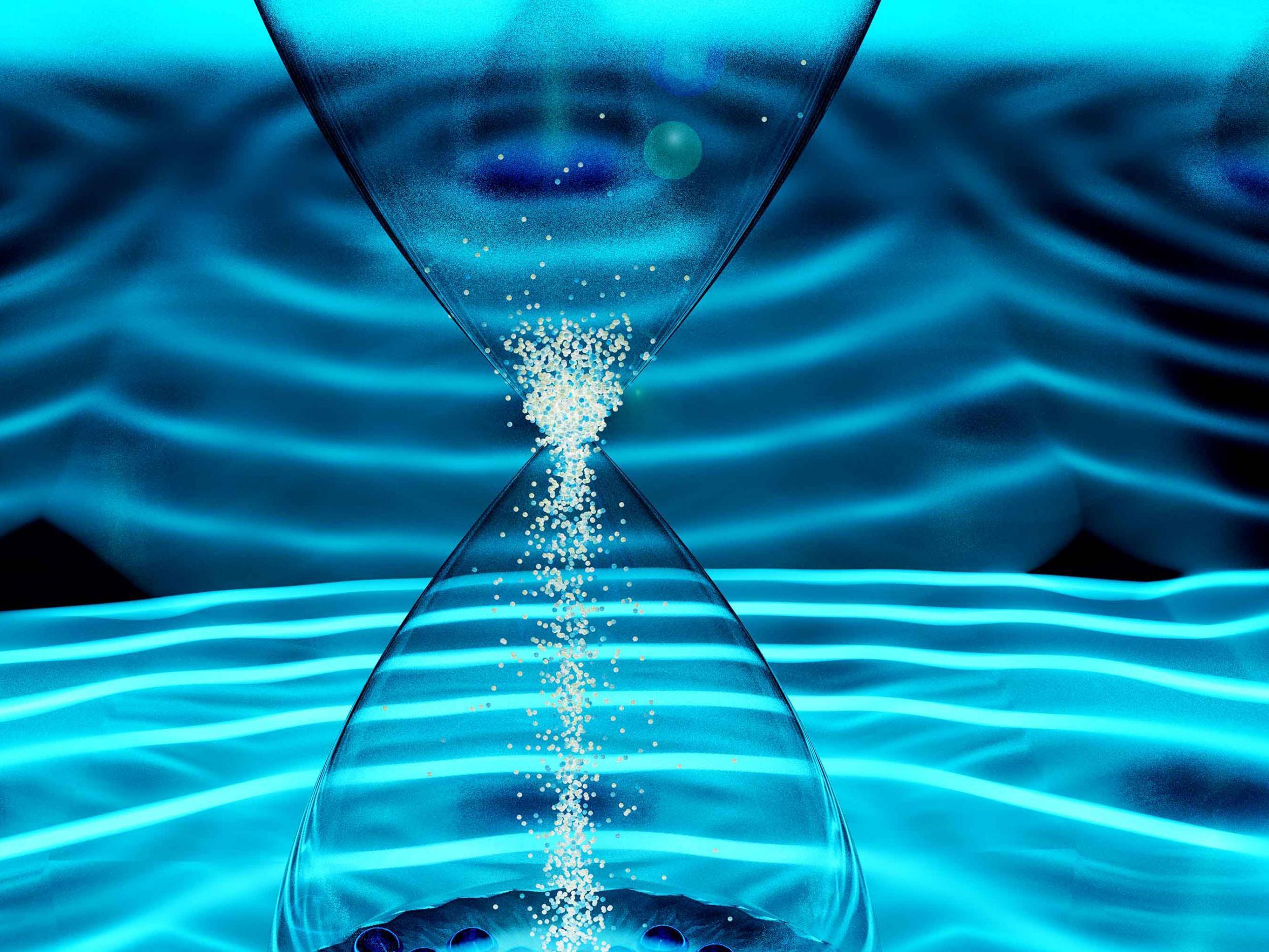Time crystals: New form of matter once thought to break laws of physics created by scientists
Strange material repeats a crystal-like structure in the fourth dimension, time, rather than just in space

Your support helps us to tell the story
From reproductive rights to climate change to Big Tech, The Independent is on the ground when the story is developing. Whether it's investigating the financials of Elon Musk's pro-Trump PAC or producing our latest documentary, 'The A Word', which shines a light on the American women fighting for reproductive rights, we know how important it is to parse out the facts from the messaging.
At such a critical moment in US history, we need reporters on the ground. Your donation allows us to keep sending journalists to speak to both sides of the story.
The Independent is trusted by Americans across the entire political spectrum. And unlike many other quality news outlets, we choose not to lock Americans out of our reporting and analysis with paywalls. We believe quality journalism should be available to everyone, paid for by those who can afford it.
Your support makes all the difference.A new kind of matter – dubbed a “time crystal” – has been created by two teams of scientists in a feat once considered theoretically impossible.
Normal crystals, anything from diamonds to snowflakes, have atoms arranged in a repeating three-dimensional lattice.
However the atoms in time crystals – the existence of which was first suggested in 2012 – repeat a pattern across the fourth dimension, time.
This essentially means they should oscillate forever without any external influence.
Before their apparent creation, some researchers had expressed doubt that time crystals could be made as perpetual motion contradicts the laws of physics.
But it is thought to be possible partly because of the strange way matter behaves at the quantum level.
A time crystal seems to be a closed system, so no energy is lost to the outside world. And it also appears to have properties similar to superconductors so electrons can move without any resistance.
This allows the observed motion to continue, theoretically at least, for all time.
The practical applications are thought to be far off, but it is believed the crystals’ unique properties could help make quantum computing a reality.
Prototype quantum computers exist, but need to be heavily shielded from the slightest interference from the outside world. The crystals could help protect the stored information, overcoming one of the greatest obstacles to the widespread use of computers many millions of times faster than the ones used today.
One of the teams, led by researchers at Maryland University, created the first time crystal from electrically charged atoms of the element ytterbium.
They used an electric field to levitate 10 of these atoms above a surface, then repeatedly hit them with a pulse from a laser.
The atoms began to flip in a regular pattern by themselves, but they did so in an odd way. Rather than moving at the same rate as the laser pulses, they flipped at half the pace.
The researchers compared this to hitting a piano key twice, but just getting one note, or squeezing a sponge regularly but seeing it rebound only once every second squeeze.
This, apparently, is the tell-tale sign of a time crystal. The purported breakthrough was revealed in October last year, but the scientific world has been waiting to see the full details in a peer-reviewed journal.
The Maryland team and another led by experts at Harvard University have now published separate papers in Nature, one of the world’s leading journals.
Professor Andrew Potter, of Texas University at Austin, who was part of the Maryland-led team, said: “This opens the door to a whole new world of non-equilibrium phases.
“We’ve taken these theoretical ideas that we’ve been poking around for the last couple of years and actually built it in the laboratory.
“Hopefully, this is just the first example of these, with many more to come.”
However, in a commentary published by Nature, one leading expert in the field suggested more research was needed to prove without doubt that time crystals truly exist.
Professor Chetan Nayak, of University of California, Santa Barbara, wrote that based on our current knowledge it had been natural to see if it was possible to “spontaneously break the time-translational symmetry of the laws of physics”.
But he said it was possible that the unusual flipping motion seen in the purported time crystals might not last forever.
“Both groups present evidence of a time crystal,” Professor Nayak said, “but their combined results point to the need for experiments that truly show that the oscillations remain in phase over extended times and are not washed out by the inevitable fluctuations.”
Join our commenting forum
Join thought-provoking conversations, follow other Independent readers and see their replies
Comments